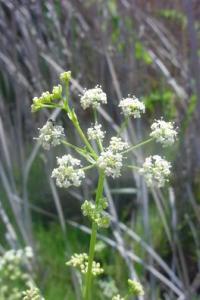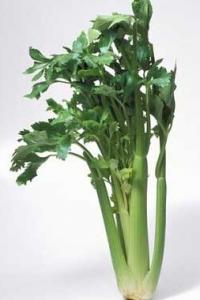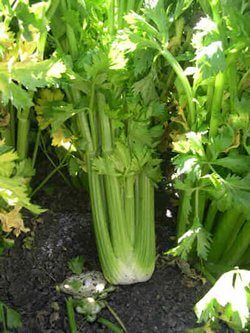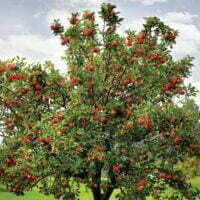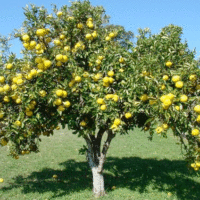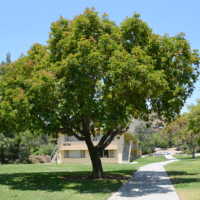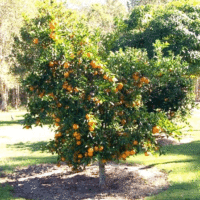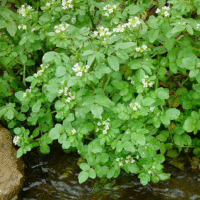| Botanical name | Apium graveolens |
|---|---|
| Plant Care |  Deciduous Deciduous – Sheds Its Leaves Annually  Full Sun Full Sun – Prefers 6 or more hours of sun per day.  Semi Frost Hardy Semi Frost Hardy – Is Able to Survive Moderately Low Temperatures.  Moderate Watering Moderate Watering – Requires Regular Watering.  Non Indigenous Non Indigenous – Exotic to South Africa. |
| Size | |
| Categories | |
| Common name(s) | Celery |
| Planting instructions | Sow fresh seeds thinly into seed boxes or trays and cover with 5mm of soil.Shade temporarily with newspaper to obtain uniform germination and gradually harden off by exposing plants to the sun for longer periods every day.When three true leaves have developed, prick out the seedlings and plant out into rows 300mm apart. |
| Maintenance | Draw a little soil up round the base.Water and feed regularly to ensure fast growth, otherwise the stalks will be stringy. |
| Soil conditions | There are two kinds, the self-blanching type that is picked green, and one that needs to be earthed up to blanch the stalks. A cool-season crop, celery needs cool, moist conditions to mature well. |
| Uses | Celery can be eaten fresh and the seed can be used for tea. Celery is an excellent addition to soups, stews and sauces. |
| Interesting planting ideas | To produce white or pale green stalks (blanching), wrap strong brown paper round the plants and tie loosely. |
| Interesting info | This is a very well-known and popular herb, although it is usually thought of as a vegetable. The whole plant, from the leaves to the root, can be eaten, and it can be used in salads and hot dishes. |
| Common pests and diseases | Aphids, leaf miner and cutworm. Leaf spot and heart rot during humid and cloudy weather. (Heart rot causes the centre of the plant to become slimy.) |
| Harvest | With green celery, pick outer stems with sideways tug to break them off at ground level.Blanched celery must be lifted with the roots. |
| Yield | Six plants will be enough to supply greens and stalks for a family of four. |
Apium graveolens (Celery)
- Botanical name: Apium graveolens
- Common name(s): Celery
- Categories: Fruits and Vegetables
Plant description:
You don’t need a large garden to grow celery but you must have enthusiasm and a taste for this delicious vegetable before committing yourself. There are two kinds, the self-blanching type that is picked green, and one that needs to be earthed up to blanch the stalks. A cool-season crop, Celery needs cool, moist conditions to mature well.
Family: Apiaceae
Synonym: Apium dulce
Botanical Pronunciation: AY-pee-um
Apium graveolens requirements and features
info on these icons
Moderate Maintenance
Requires moderate maintenance.
Prohibited Use Notice: No Data Scraping Allowed Except for Search Engine Indexing:
The content provided on PlantInfo.co.za is intended for personal, non-commercial use only. Unauthorized extraction, reproduction, or use of the data, including scraping, for any purpose other than search engine indexing is strictly prohibited. Violations of these terms may result in legal action. By accessing and using this website, you agree to comply with these conditions and acknowledge the legal restrictions on the use of our content.
